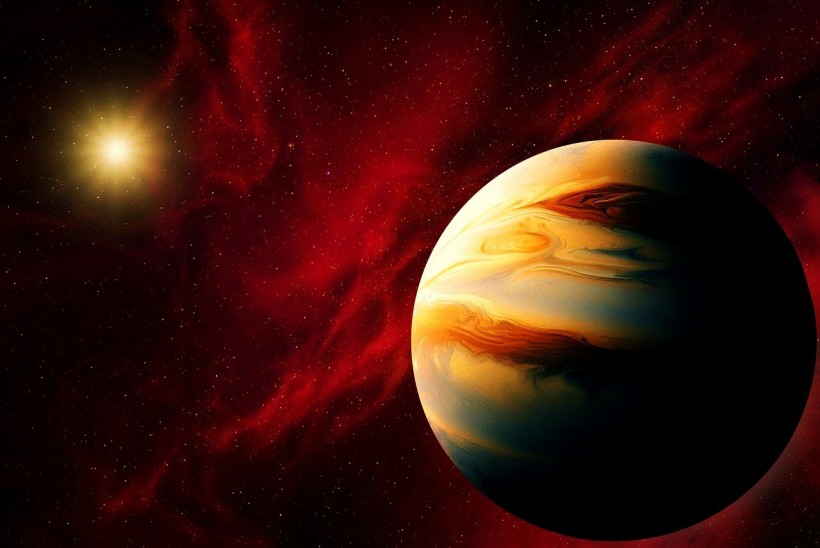New astrophysical simulations defy common expectations on planet formation, demonstrating that large planets, born at a distance from their host stars, start as flattened disks resembling pancakes or M&M candies-a shape known as an oblate spheroid.
Through rotational forces, these protoplanets gradually accumulate material, transforming into the familiar spherical shapes like Jupiter.

Distant Giant Planets Begin as Flattened Disks, Transforming into Round Shapes Over Time
Deciphering Cosmic Planetary Origins
Stars form from cold molecular clouds, collapsing into protostars that leave behind spinning disks of gas and dust. These protoplanetary disks are crucial for planet formation, with their chemical composition determining the makeup of emerging planets. Astronomers study gaps in these disks to understand where and how planets develop.
The diversity of exoplanetary systems challenges solar-centric view, as many exoplanets differ significantly from those in the Solar System. Computer simulations are employed to decipher how protoplanetary disks produce observed planet types and how atoms and molecules contribute to the formation of various worlds. Despite advancements, the intricacies of planet formation and migration remain elusive.
Small and Large Planets Develop Differently
Astrophysicists Adam Fenton and Dimitris Stamatellos from the University of Central Lancashire have uncovered a significant revelation in the study of planet formation.
Traditionally assuming planetary shapes to be spherical during formation, Stamatellos expressed surprise at discovering that these celestial bodies actually take on the form of oblate spheroids, resembling Smarties candies.
The complexity deepens as the formation of over 5,500 confirmed planets in the Milky Way remains a puzzle. Stars evolve from dense clumps in expansive clouds of gas and dust, forming disks that contribute to the star's growth. The remnants of this process give rise to the components of a planetary system, including planets, comets, asteroids, and moons.
READ ALSO: Planet Formation Process: A Closer Look
The intricacies of material assembly within these disks vary for different types of planets. Smaller terrestrial planets like Earth are believed to gradually accumulate from the accretion of rock chunks.
In contrast, larger gas giants may undergo disk instability, a process where a rapidly cooling disk fragments into chunks that coalesce under gravity to form planets. This concept helps explain puzzling planetary characteristics that defy conventional accretion theory.
Decoding Gas Giant Birth
To explore the phenomena of disk instability in gas giant formation, Fenton undertook a demanding computational project, running simulations with varied parameters such as gas density, temperature, and disk velocity. The results unveiled that gas giant protoplanets initially assume a flattened shape as they spin, influenced by centrifugal forces and their loose composition at that stage.
The simulations also suggested an unconventional pattern of material accumulation, predominantly occurring at the poles rather than the equator of the growing protoplanet. While the implications for the core accretion model remain unclear, the research highlights the potential variability in a protoplanet's properties based on the viewing angle.
As observational capabilities improve, the researchers emphasize the importance of accurately interpreting the evolving shapes of developing planets.
Their groundbreaking research, titled "The 3D structure of disc-instability protoplanets" accepted into Astronomy & Astrophysics Letters and available on arXiv, contributes significant insights to the evolving field of astrophysics.
RELATED ARTICLE: Gravitational Instability's Key Role in Planet Formation Revealed as Scientists Studies Young Star
Check out more news and information on Space in Science Times.



![Earth's Quasi-Moon Kamo‘oalewa Could Originate From Lunar Surface Not Asteroid Belt [Study]](https://1721181113.rsc.cdn77.org/data/thumbs/full/53275/89/56/50/40/earths-quasi-moon-kamo-oalewa-could-originate-from-lunar-surface-not-asteroid-belt-study.png)










